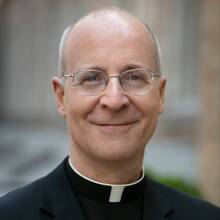On this Feast of the Jesuit Saints and Martyrs, this tasty item from Salon, entitled "A Vast Jesuit Missonary Ginseng Conspiracy, which begins with this deck:
From Wisconsin to the court of the Kang-Hsi emperor, with cameos by Daniel Boone and John Jacob Astor
Gov. Jim Doyle announced a trade agreement between the Wisconsin Ginseng Board and a Chinese company today he said will result in $12 million for state producers over the next five years... The Badger State produces some 95 percent of all ginseng produced in the U.S.
Somewhere, the spirits of a couple of 18th century Jesuit missionaries are nodding their heads sagely. This news would not surprise them. Nor would Daniel Boone or John Jacob Astor raise his eyebrows. Ginseng exports have a long history in North America -- in fact, one could argue that ginseng, as possibly the first trade item ever exported to Asia from the Americas, was a key factor in embedding the colonies in what passed for globalization in the 18th century.
The historical record is remarkably clear. In the early 1700s, Father Pierre Jartoux, a Jesuit missionary stationed in Beijing, was ordered by the Kang-Hsi emperor to compile an atlas of China. While surveying the Korean border, he was introduced to the miraculous powers of the ginseng root, which flourished in the dark forests of the northeast. Jartoux wrote a report on the plant intended to be distributed to Jesuit missions throughout the world and eventually translated into English and published in 1714 in the Philosophical Transactions of the Royal Society, under the title "The Description of a Tartarian Plant, Call'd Gin-Seng; with an Account of Its Virtues. In a Letter from Father Jartoux, to the Procurator General of the Missions of India and China."
James Martin, S.J.








